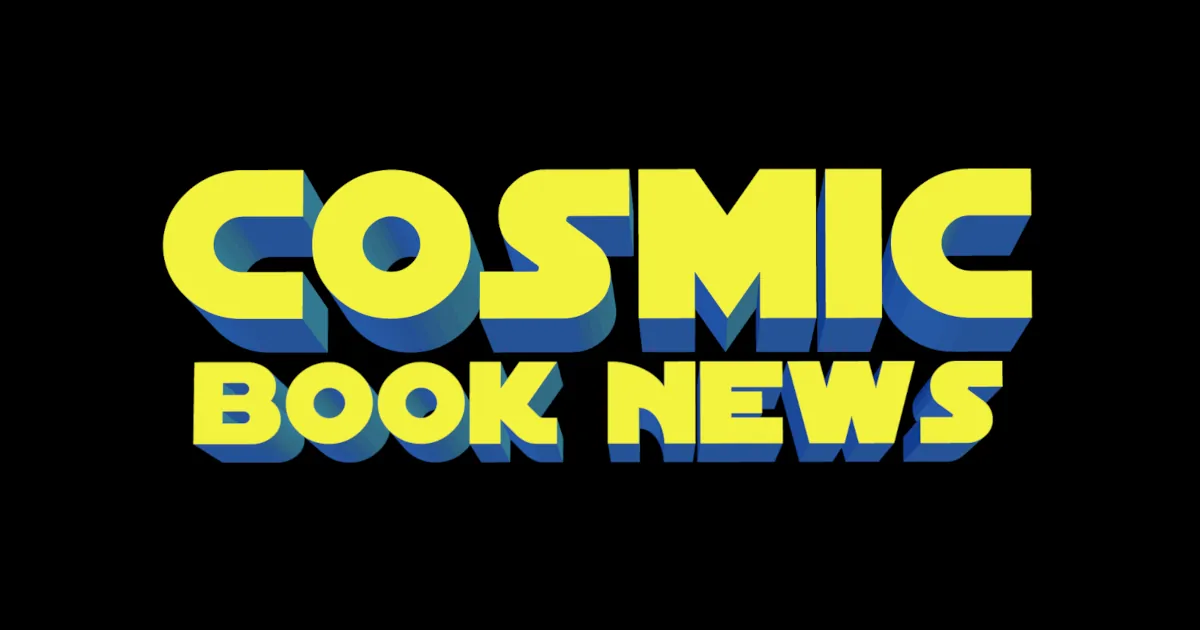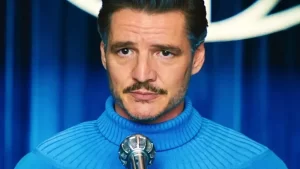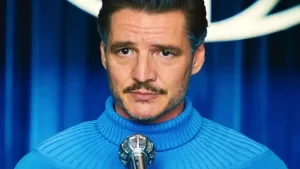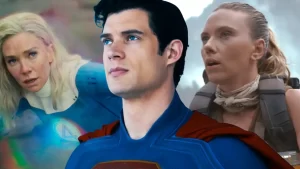Return of the Flop
A Film Review of (Another) Fantastic Four
I don’t care if “the studio” is ultimately to blame for what certainly seems the worst effort put into a potentially serious, money making adaptation because even common civilians know by now that in the comic book film game, you don’t handle Hollywood, Hollywood handles you! That holds true even when the writer/director is also responsible for having created the source material. Trank may very well be correct in identifying studio interference as having negative effects to the production, but so what? Even if you are given a huge budget that gets stripped away from you, even if you cast A-listers that walk out on you or even if the studio exec bursts in and forces a major overhaul mid-production, as the director, there is one thing you can still ensure that has a lasting, positive impact that can save an audience: your cast’s performance. Sure, the modern day American film director has many responsibilities, but the most important and often overlooked is that of evoking the best out of your cast. You give them a framework for what you want, you show them how their characters matter and then you give them the freedom to explore those characters inside negotiable parameters. This cast clearly had their own ideas with little discipline because it shows in the lack of camaraderie, the lack of onscreen chemistry. When one’s cast is barely interested in the film, how then can an audience be convinced to be interested in watching?
|
Action Style |
One would think that a comic book adaptation would have lots of good nuggets of cool power sequences and other worldly combat, but this film boasts none of that save for the climactic battle which was still more about CG going wild than anything else. Seriously, most of Ben Grimm’s “clobbering time” is seen through video monitors. |
1/6 |
|
Action Frame |
This too, is a little on the bland side as the FF’s powers are well contained for 80% of the film. Is it weird that a street race among POS used cars is the most dynamic sequence of movement going on in the whole film? The camera doesn’t follow Human Torch flight much because he doesn’t fly around very much. |
2/5 |
|
Lead Performance |
Apparently, Reed Richards is only a stereotypical super nerd in the strictest sense because nobody else has been able to perform this character as anything but, including Miles Teller. His performance evokes no semblance of leadership and no sense of loyalty for his own “friends” and “family.” |
1/6 |
|
Supporting Performance |
You know how you dodge the bullet over explaining the whole African American Storm family adopting Susan? You ignore it completely, kind of like how Kate Mara and Michael B. Jordan barely acknowledge each other as siblings onscreen. Jaime Bell is hamstringed by his character going full CG. Toby Kebbell delivers a Doom that is far too emo to be maniacal, too lazy to be a mastermind and too disinterested in being a character let alone a villain. The one shining light was Reg E. Cathey as Dr. Franklin Storm. Freddy from House of Cards gives us a character with charisma and cares about being there. Too bad he didn’t rub off on the rest of the cast |
2/5 |
|
Music |
Music was present, but held neither marquee melody nor lasting impression. |
3/6 |
|
Sound F/X |
Ben Grimm’s rock voice +, teleportation machine sounds +, other dimension sounds + |
4/5 |
“Moving” = 13/33
|
Digital F/X |
Human Torch looked fine, inter-dimensional portal and transportation light shows were bright and Ben Grimm looked great as pants-less Thing. Too bad his effects ate up 70% of the CG budget leaving the rest of the film with a lot of regular scenery to capture. |
4/6 |
|
Special F/X |
This area takes a hit not just because there isn’t a ton of practical effects going on here, but there is a scene where the glass on a backboard shatters due to a high pitched sound and it’s the ONLY glass in the area that shatters (no one’s glasses or windows are affected). Sure, this is more of a continuity issue but someone on the explosive team should have at least raised their hands. |
2/5 |
|
Costumes |
Uninspired is the only word that comes to mind here. Casual wear is fine what with all the scientists, military and business people walking around, but the FF’s clothes are generic spacesuits. The worst is the entire concept behind Doom: his garb makes no sense; it looks goofy and has nothing to do with any iteration of that character ever conceived for film, TV or comic books. Just awful. |
1/6 |
|
Hair & Makeup |
Not a bad job being done here. When people are roughed up, they show wounds and an appropriate amount of rubble. Still wished the script supervisor got with Josh Trank to point out Sue Storm’s mismatched hair style and coloring at incorrect chronological points. |
4/5 |
|
Exteriors |
Baxter building outskirts looked great as did the Grimm family junkyard. The other dimension looked threatening enough from the ground-scape but certainly need more going on in the background. |
4/6 |
|
Interiors |
Another comic book adaptation means more science labs and research facilities. They were certainly set up and dressed in an acceptable manner, but got a bit bland considering we spend most of the movie in these types of settings. |
3/5 |
“Picture” = 18/33
|
Hook |
Boy genius develops inter-dimensional travel only to grow up to become the stretchy guy on a team of super-powered people. The only difference this has from any other FF origin story is the extended screen time put into Reed as a child, which isn’t as interesting as Reed as a young adult. |
2/4 |
|
Conflict |
Very weak here. Is it smart people vs. government? Is it family vs. each other? Is it good guys vs. bad guys? It’s more like all of it jumbled in a washing machine and the focus changes throughout the film. |
1/4 |
|
Resolution |
Thanks to time being elapsed at multiple points in the film, everything is “solved” just as soon as anything becomes a problem. Of course, there’s a token scene to imply a sequel, but this film doesn’t deserve it. |
1/4 |
|
Dialogue |
There’s more significant talking that occurs between those that are “handling” the FF. The FF themselves are a bit too nonchalant as they go from perfect strangers to reserved “besties” in no time at all. |
2/6 |
|
Exposition |
Watch out for all the plot craters strewn about! A more nimble mind will be able to maneuver these to get a general idea so long as the viewer accepts and forgets to get to the next scene. Nothing is methodically explored or explained. |
2/5 |
|
Character Uniqueness |
All of the main characters are less amplified versions of the character types they are supposed to represent. Reed is just one of the squad as opposed to the alpha nerd. Sue is an emotionless, responsibility first kind of girl. Ben is the tamest rock warrior you’ve ever seen. Johnny isn’t an ego-driven hothead; he just has daddy issues. |
2/6 |
|
Character Relatability |
To achieve relatability, characters need a sympathetic anchor to the audience. Even if Dr. Franklin’s concern for “his children” is played well enough by the actor, those moments play as empty because the audience doesn’t have enough bonding moments between father and “kids” to matter much. Also, I have no idea why the hell Reed does what he ultimately does. I’ve never witnessed a more random display of cowardice onscreen than this. |
2/5 |
“Story” = 12/34
Overall MPS Rating: 43/100
Few Hollywood comic book films make the Fantastic Flops of ’05 and ’07 look like Academy Award winning gems in comparison, but this Fantastic Four movie does just that. As mind numbing as they were, at least they were fun and at times funny. This film seems so desperate to take itself seriously, yet has no clear idea as to what it’s being serious about. I beg you all to put your money to better use: check in with Netflix, go out to dinner, go to a museum, go to a park – just please, do not pay to be “entertained” by this. Send 20th Century Fox a clear message that pathetic, corporate attempts to squeeze as much profit from impotently developed licenses will not be rewarded by forgetting this movie exists at the box office.







